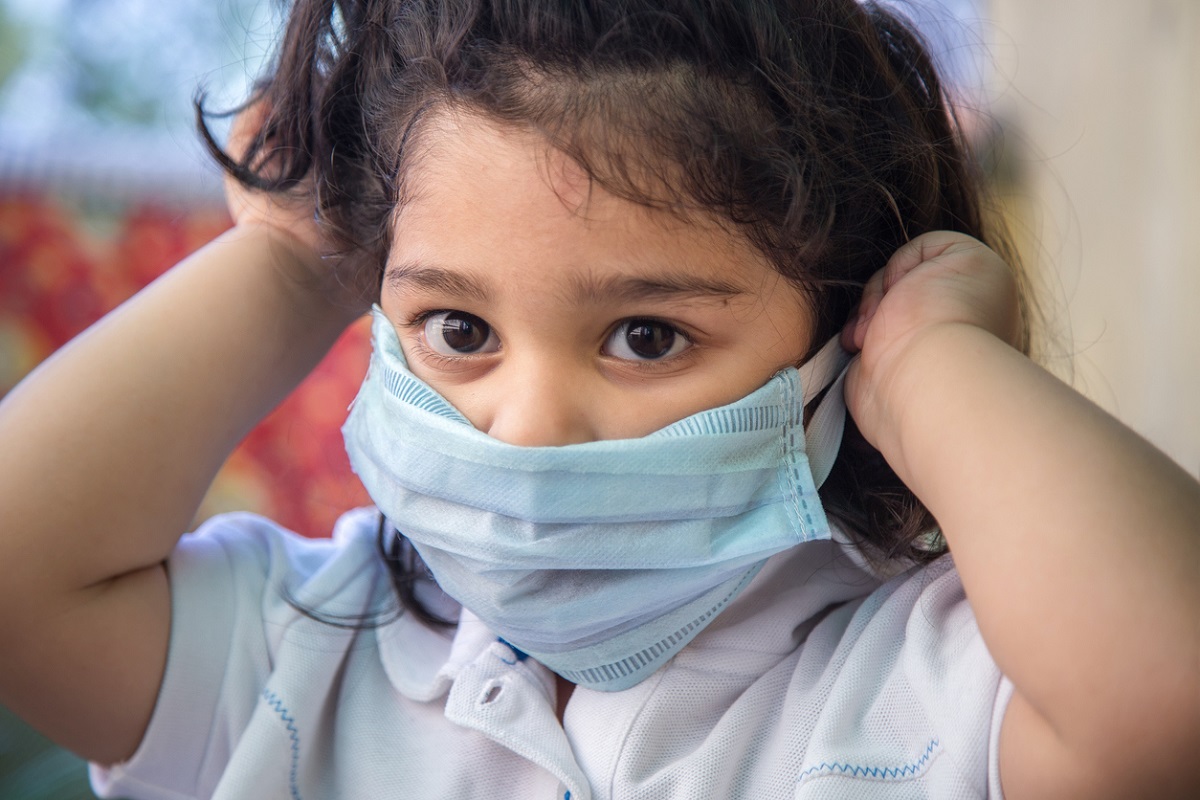As many as 242 children in the 0-18 years of age have tested positive for Covid-19 in Odisha in the last 48 hours, which is a major cause of concern for the State’s health authorities and COVID managers.
Of the 1,926 positive cases detected in the last two days, as many as 242 were found to be children, who are yet to be vaccinated. The ratio of the younger population contracting the disease against the cumulative infection stood at an alarming 12.54% in the last 48 hours.
Advertisement
The disconcerting turn of events has unfolded at a time when the Odisha government has reopened schools for students studying in Classes 9th, 10th and 12th. While physical classes for t0th and 12th students had resumed last month, the 9th class students turned up at the schools today for a physical mode of classes.
With children increasingly getting infected with COVID-19, it has brought under sharp focus the health concern of the younger population amidst the continuing graph of pandemic infection. While the State, according to health experts, is still in the midst of 2nd wave, apprehension looms large that the outbreak of contagion’s third wave could adversely affect the younger un-vaccinated population.
Meanwhile, the State’s health officials claimed that 3,000 hospital beds have been kept ready and medical personnel trained for treatment of children, besides a drive to sensitise people about the possible third wave has also begun.
However, they reiterated that “the graph indicates that the infection rate and the number of fresh cases have declined and the situation is no longer alarming.”
Meanwhile, anticipating the arrival of the third wave, the government has asked authorities concerned to form a district-level task force for the management of the COVID-19 situation.
Additional Chief Secretary (ACS) of the health department, PK Mohapatra, in a letter to all collectors, municipal commissioners, hospital superintendents and medical officials said the state needs to be in “full preparedness for capacity building to be able to tackle the high number of cases expected during the predicted third wave of the pandemic”.
Stressing that the younger population might be more susceptible to the infection, as suggested by health experts, the district-level task force will be given the responsibility of monitoring the developments and adopting “remedial measures”, as and when necessary.
“All pediatric cases of ILI (influenza-like illness) and SARI (severe acute respiratory infection) need to be listed and swabs of children in the age group of 0-18 age collected for RT-PCR testing to screen out suspected positive cases in healthcare facilities across the state,” he said.
Non-availability of RT-PCR report will not be criteria for not admitting a sick patient, Mohapatra stated. “Fifty per cent of existing ICU, PICU (paediatric intensive care unit) and NICU (newborn intensive care unit) may be isolated and earmarked for pediatric COVID-19 cases. Steps will also be taken for upgrading the capacity,” the ACS added in the letter.











